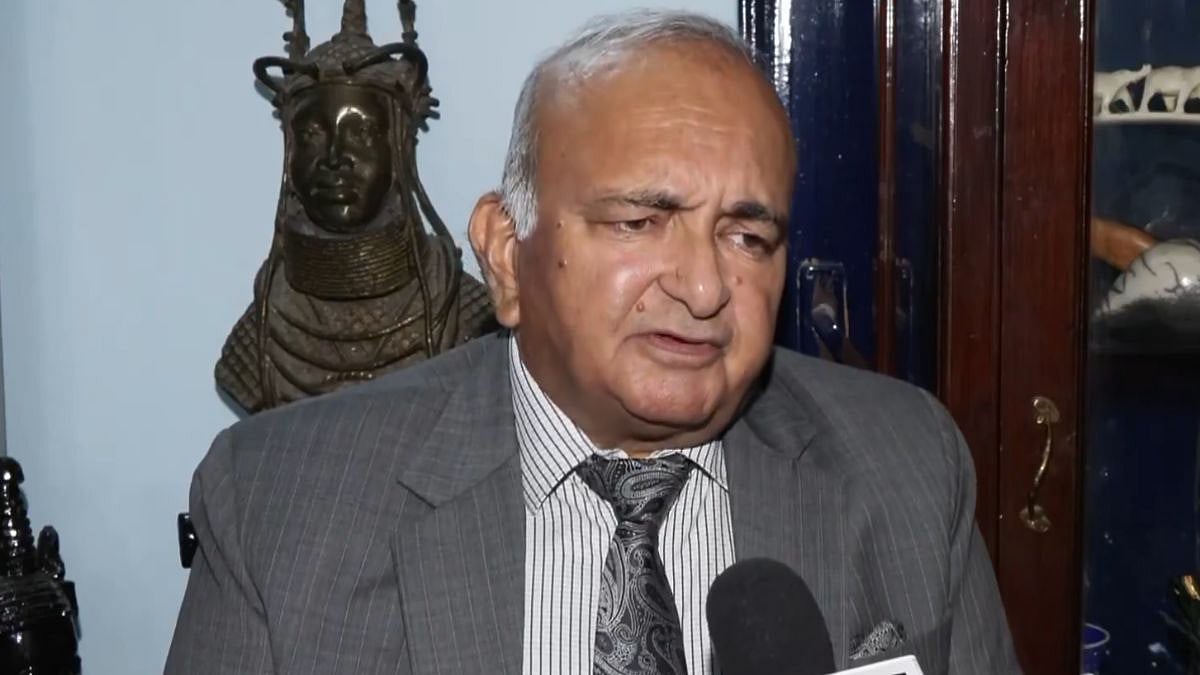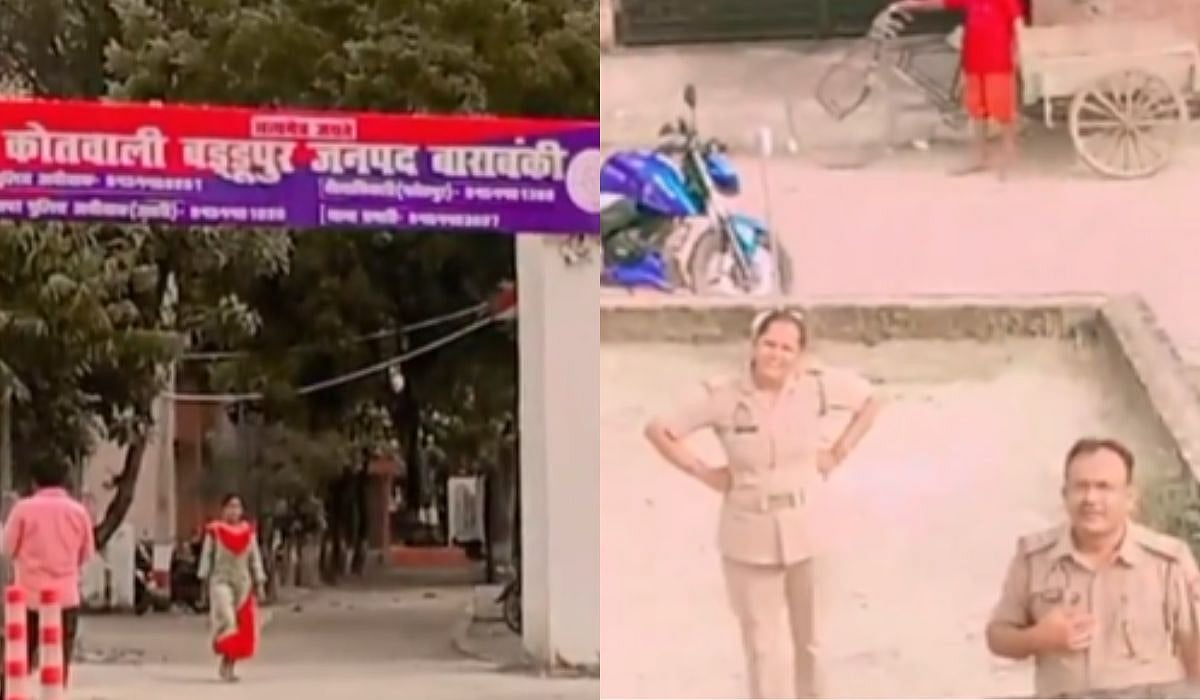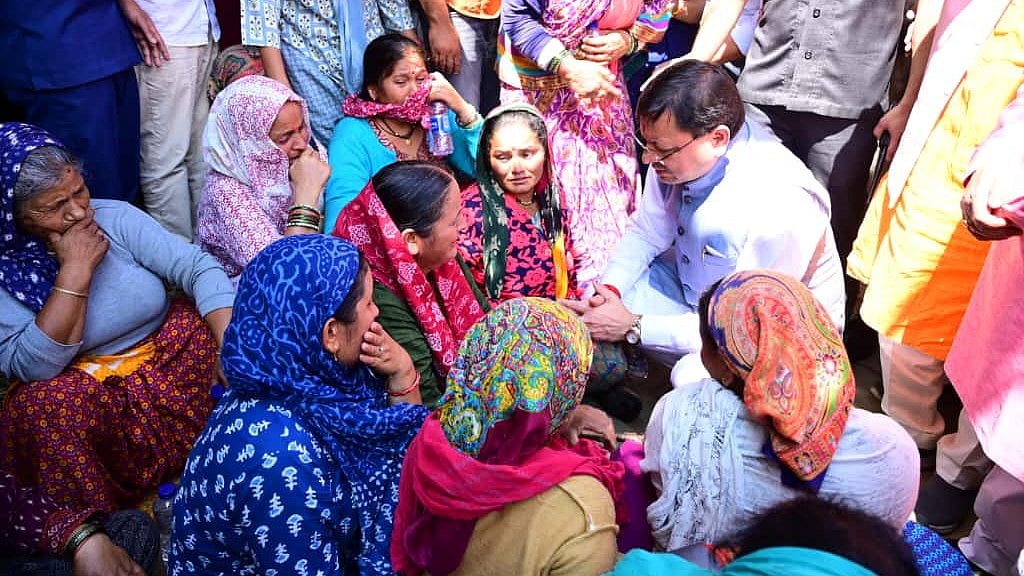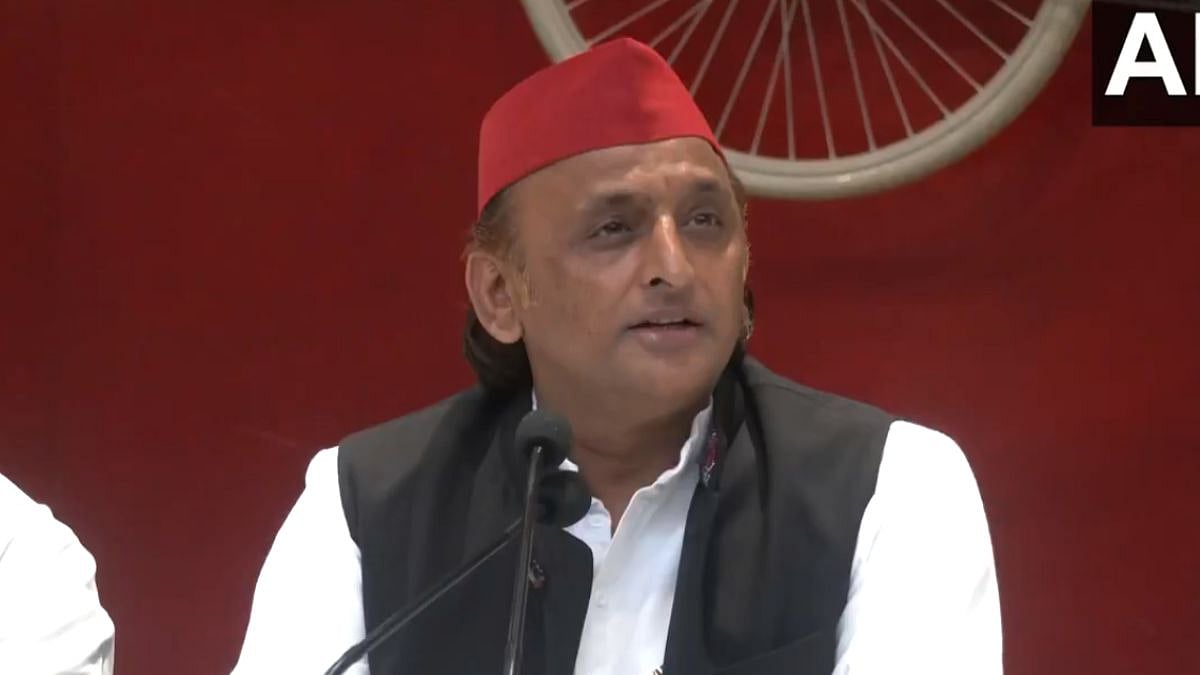India will be calling on its closest celestial neighbour – the Moon – on Thursday, an occasion which would mark its emergence as a space power. This, at a time a resurgent ‘Bharat’ is being viewed as a destination for private space launches. The Soviets were the first to reach the moon with the Luna 2 spacecraft in 1959, but it took them six tries to do so.
So far, only three countries have succeeded in softlanding a spacecraft on the moon: the United States of America, the erstwhile USSR and, more recently, China. India will land in this distinguished club provided Vikram keeps its rendezvous with the moon at 6.04pm on Wednesday. The nation is waiting with bated breath for the critical process of soft-landing, which has been dubbed by ISRO officials as "20 minutes of terror."
What happens in make or break last 20 minutes?
In these slog overs, the entire process is autonomous. The lander has to fire its engines at the right times and altitudes, use the right amount of fuel, and scan of the lunar surface for any obstacles or hills or craters before finally touching down. Vikram, carrying the rover Pragyan in its belly, begins its descent from an altitude of 25km. It will be a powered descent, with the lander hurtling towards the Moon’s surface at a velocity of 1.68km per second, which is nearly 6,048km per hour; this is almost ten times the velocity of an airplane.
Lander users its four thrust engines by "retro firing" engines to reach the surface of the Moon
The lander uses its four thrust engines by "retro firing" them to reach the surface of the Moon, by gradually reducing the speed. This is to ensure the lander doesn't crash, as the Moon's gravity will also be in play. At an altitude of around 6.8 km, only two engines will be used, shutting down the other two, aimed at giving the reverse thrust to the lander as it descends further; then, on reaching an altitude of about 150- 100 metres, the lander, using its sensors and cameras, would scan the surface to check whether there are any obstacles and then start descending to make a soft-landing.
Pragyan will roll off after which ramp will open out
Once the leg sensors discern the lunar surface, the engines will shut down. The lunar dust that will be raked up by the landing must then drift away and settle, after which the ramp will open out. The Pragyan will then roll off. Once it touches the lunar surface, it will be ‘home’ -- free to explore its surroundings.
The lander and rover have a lifespan of one lunar day - equivalent of 14 Earth days
Then will come the quid pro quo moment – when the Vikram lander will capture images of Pragyan and the latter will reciprocate; afterwards, India’s first selfies from the moon will be beamed back to us. After that, it will be time to get down to lab work. The lander and rover are both solar-powered and have a lifespan of one lunar day – the equivalent of 14 Earth days.









